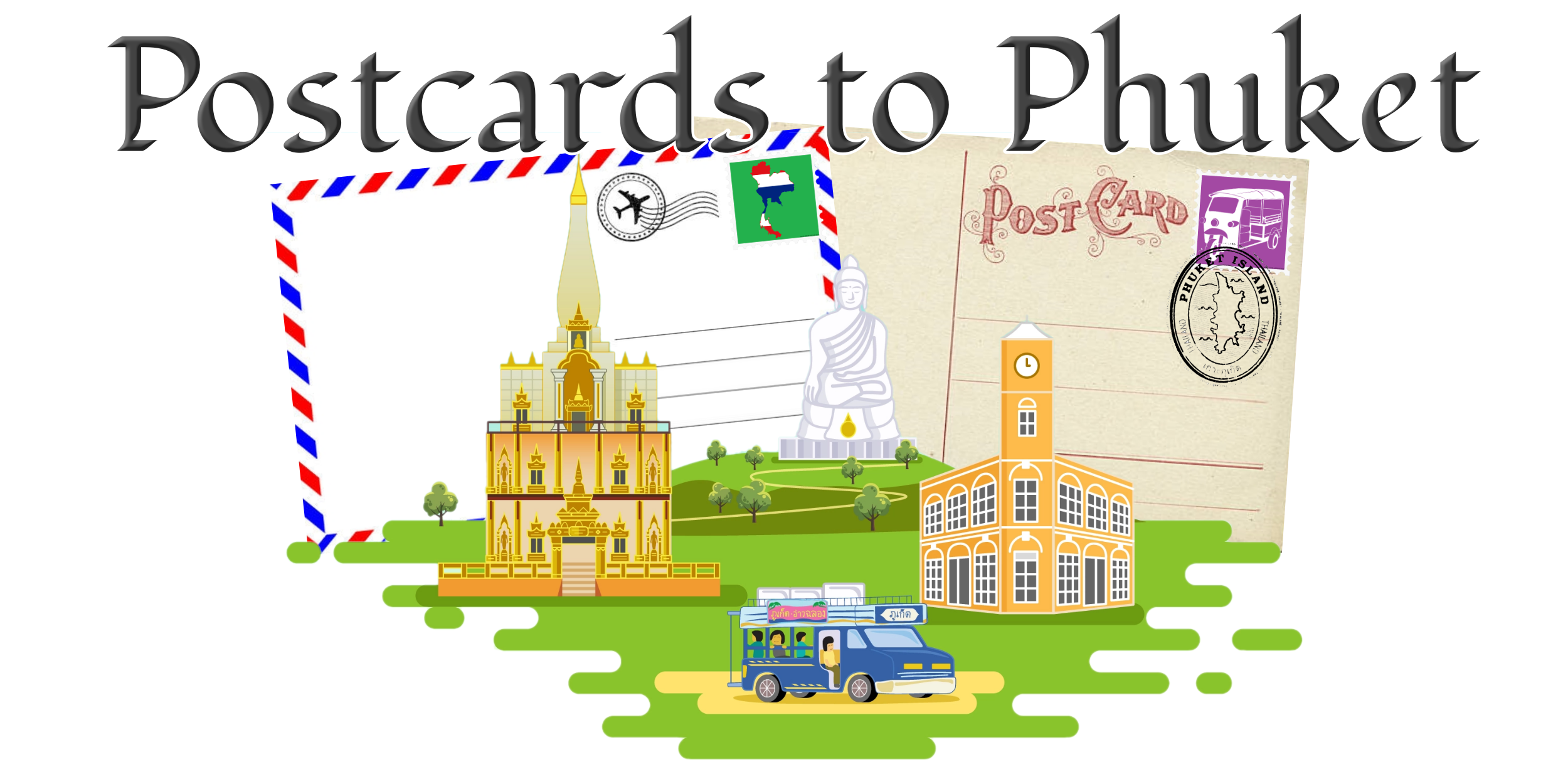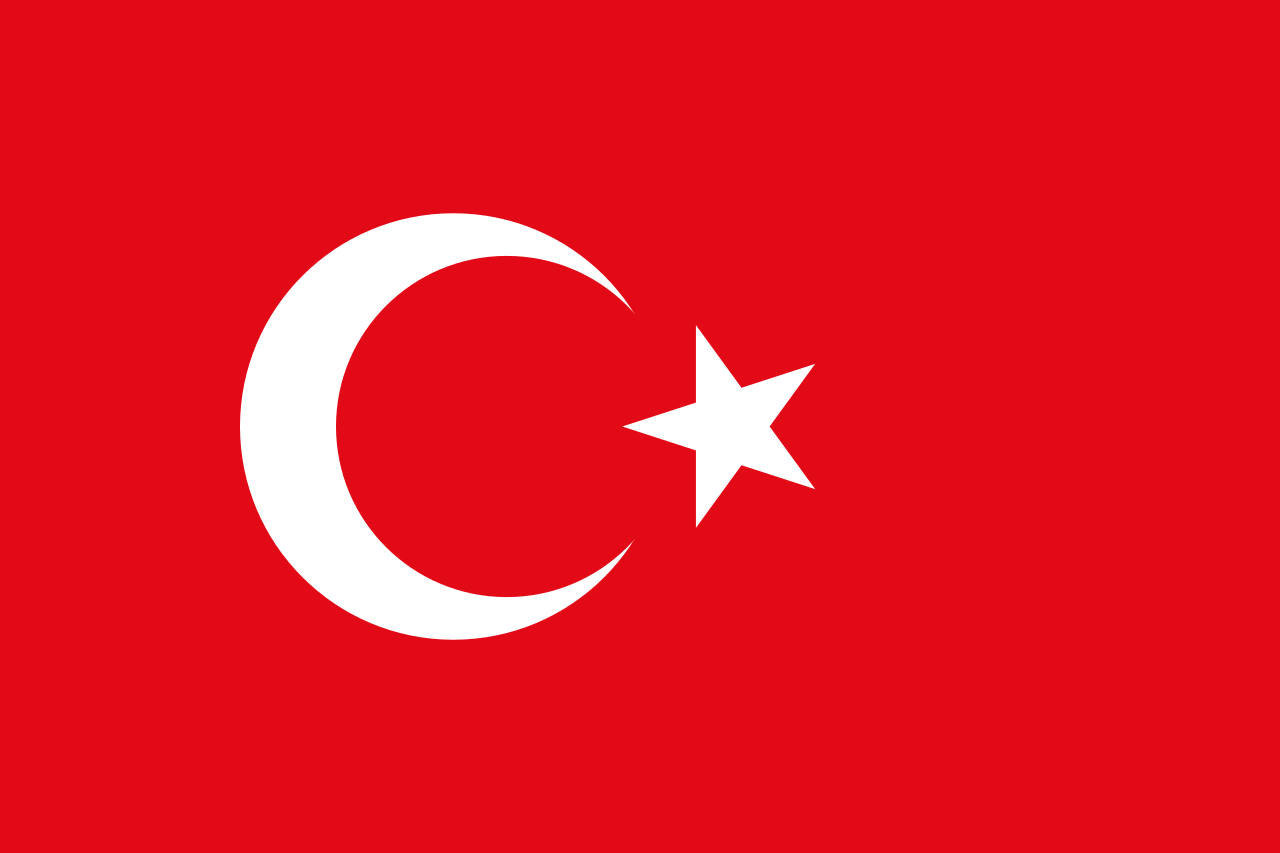
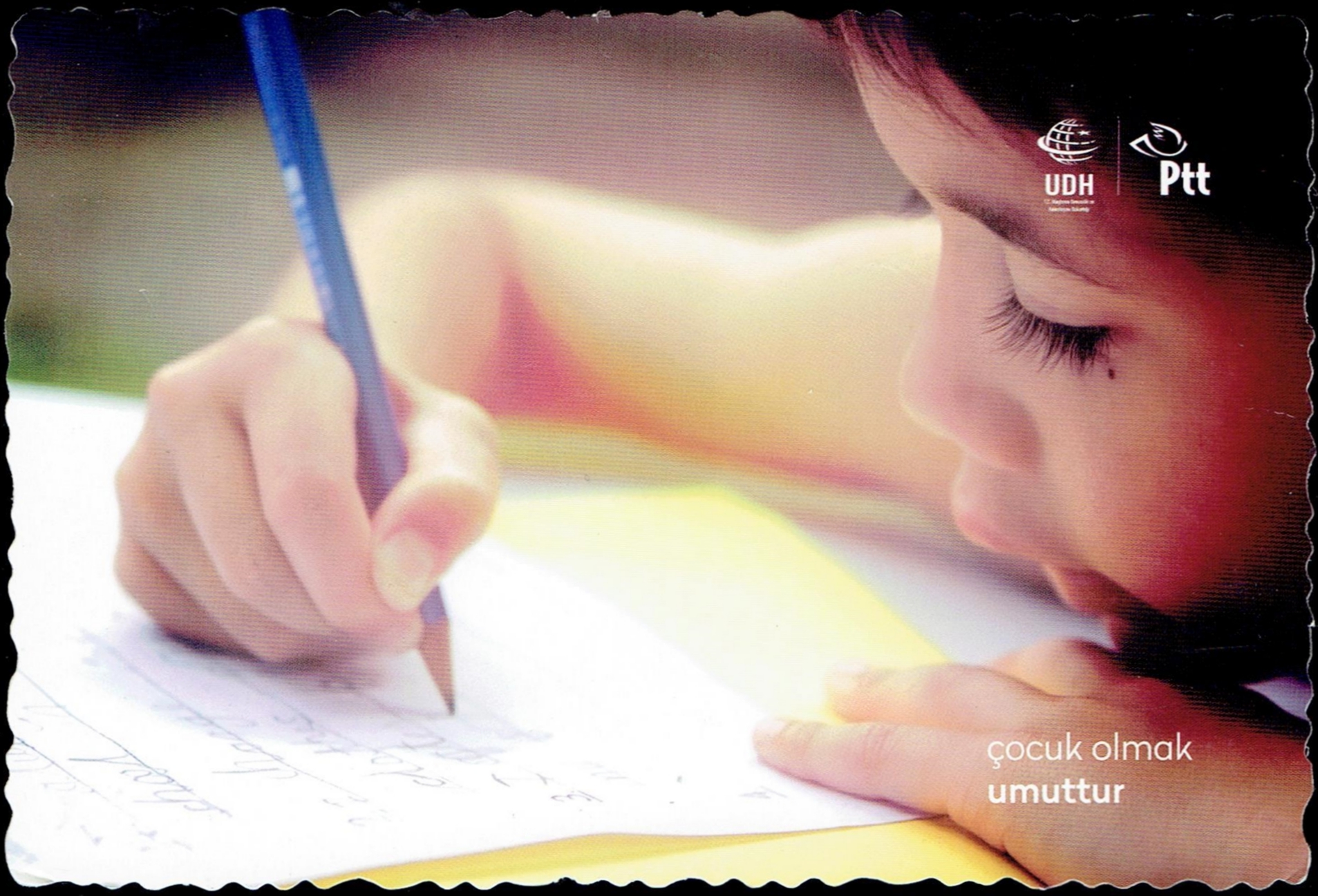 As a teacher who is also a philatelist, I have a fair number of stamps that show the theme of “education”. I particularly like those that show teachers and/or students. Unfortunately, I do not have many postcards that show the same topic. In fact, this one from Turkey may be the only one in my collection (I don’t think I even have any cards that show the exterior of schools come to think about it).
As a teacher who is also a philatelist, I have a fair number of stamps that show the theme of “education”. I particularly like those that show teachers and/or students. Unfortunately, I do not have many postcards that show the same topic. In fact, this one from Turkey may be the only one in my collection (I don’t think I even have any cards that show the exterior of schools come to think about it).
The postcard pictures a young girl either writing a letter or practicing her handwriting. For the caption, Google Translate returns “Being A Child” for çocuk olmak and “It is Hope” for umuttur. The abbreviations under the logos represent PTT Turkey, Posta ve Telgraf Teşkilatı, the national post and telegraph directorate which is a department of the Ministry of Transport and Infrastructure (Ulaştırma, Denizcilik ve Haberleşme Bakanlığı).
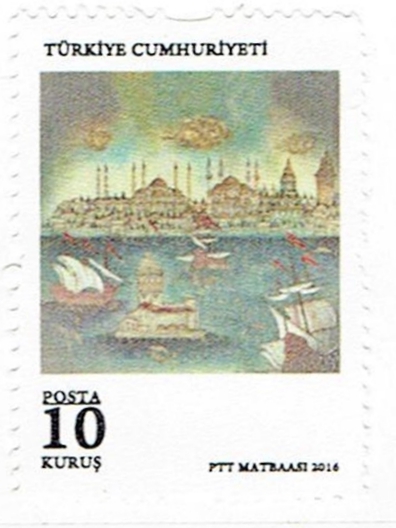
This card arrived in Phuket on January 28, 2018, as the result of a swap within a Facebook trading group. The purple postmark on the card is unreadable and there is no date on the card so I don’t know how long it took to travel to Thailand. The sender wrote “Tebrikler!” which is Turkish for “Congratulations!” The stamps are interesting, one fitting nicely with the education theme.The one at the bottom left is listed in the German-language Michel stamp catalogue as Turkey #4310m part of a set of six definitive stamps released on November 28, 2016, titled “Turkish Art”. Unfortunately, I could not find out any information at all about the painting on this 10-kuruş stamp, not even its name..
The other stamp, the one that got postmarked, is listed in the Michel catalogue as #4353, a 1.80-lira stamp released on July 31, 2017, as part of a set of four to promote Turkish Language Year. In a speech in 2016, Deputy Prime Minister Yıldırım Tuğrul Türkeş declared 2017 the “Year of the Turkish Language” with “the announcement of a project carried out under the auspices of President Recep Tayyip Erdoğan in collaboration with Atatürk Supreme Council for Culture, Language and History, and the Turkish Language Society in order to draw attention to the importance and value of Turkish in culture, civilization and daily life; and to detect the problems of the language and offer solutions that will be shared with the public.”
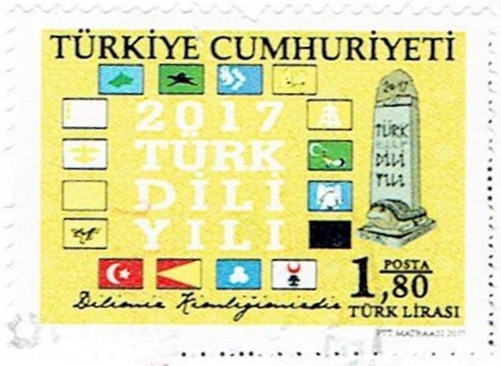
The project was carried out under the title “Our Language Our Identity”. Turkish is one of the world’s oldest languages and has been in use for 1,287 years, originating with Orkhon inscriptions in the Orkhon Valley dated to 732 AD. Turkish is spoken by over 200 million people, including Turks, Kazakhs, Kyrgyz, Uzbeks, Turkmens, Azeris and Uyghurs. In this regard, Turkish is one of the world’s most widely spoken languages. With its lullabies, manis (Turkish poems), türküs (local folk songs), songs, legends, fairy tales, proverbs, idioms and lexicon of hundreds of thousands of words, Turkish is a language with a great potential for figurative speech. The distinctive characteristics of the Turkish language are vowel harmony and extensive agglutination. The basic word order of Turkish is subject–object–verb. Turkish has no noun classes or grammatical gender but has a strong usage of honorifics. Turkish uses second-person pronouns that distinguish varying levels of politeness, social distance, age, courtesy or familiarity toward the addressee. The plural second-person pronoun and verb forms are used referring to a single person out of respect.
